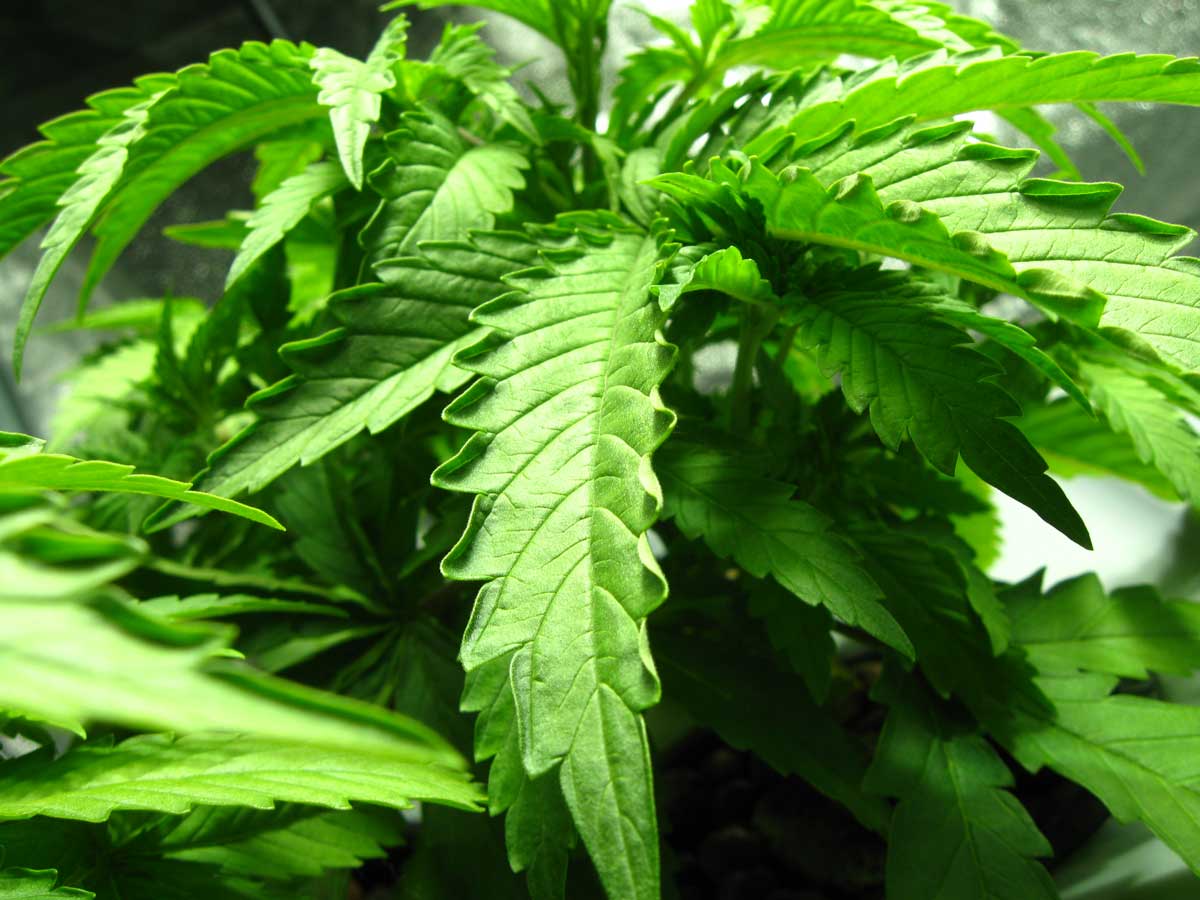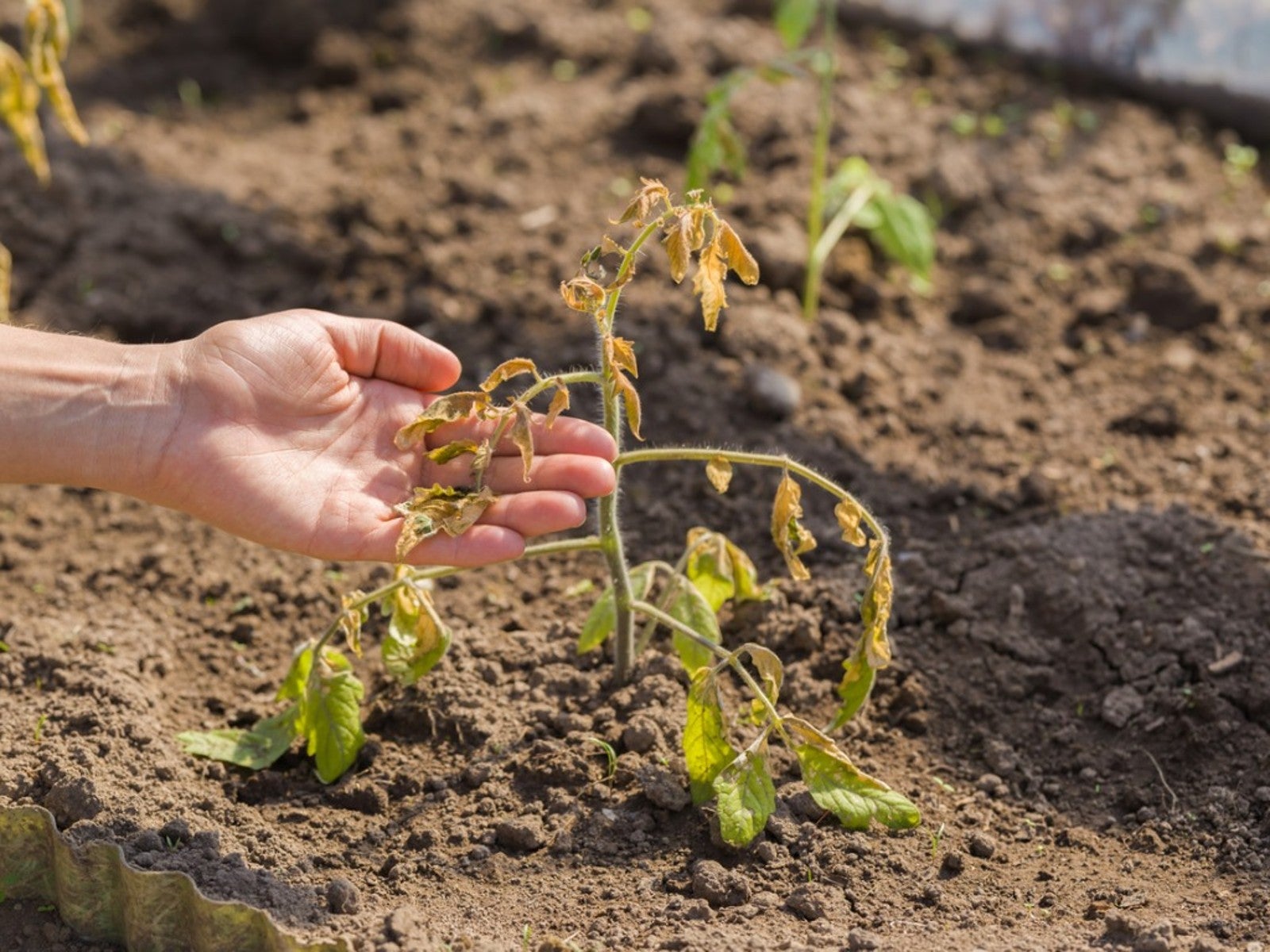To revive heat-stressed plants, provide proper watering, shade, and regular monitoring and care. Heat stress in plants can cause wilting, yellowing leaves, and stunted growth, but by following these steps, you can rejuvenate your plants and help them recover.
Maintaining consistent moisture levels in the soil is crucial, as water is essential for plants to cool themselves and absorb nutrients. Providing shade during the hottest parts of the day can help protect plants from intense sunlight and reduce the risk of further stress.
Regularly inspecting plants for signs of distress and attending to their needs promptly can ensure their survival and revival.

Credit: www.growweedeasy.com
Signs Of Heat Stress In Plants
Heat stressed plants show signs such as wilting leaves, browning or yellowing of leaves, leaf curling, and stunted growth. These indicators provide valuable insight into the condition of the plants. When leaves wilt, it signifies a lack of sufficient water intake.
Browning or yellowing of leaves suggests damage caused by excessive heat. Leaf curling indicates the plant’s attempt to conserve water. Stunted growth is another clear indication of heat stress, as high temperatures suppress normal growth processes. To revive heat stressed plants, immediate action is required.
Providing adequate water, shade, and shelter can help mitigate the effects of heat stress. Additionally, mulching the soil, adjusting watering schedules, and ensuring proper ventilation can aid in plant recovery. Proper care and attention will promote the health and vigor of heat stressed plants.
How to Revive Heat Stressed Plants: Step by Step Guide
Immediate Actions To Take
Reviving heat-stressed plants requires immediate action. Providing shade or relocating them to a shaded area is crucial. Deep and thorough watering is essential for their survival. Increasing humidity through misting helps combat the effects of heat stress. To retain moisture, applying mulch around the base is effective.
Temporary shading devices can also be installed. Remember to monitor these plants regularly to ensure they recover successfully. Taking prompt measures is key when it comes to revitalizing heat-stressed plants. By following these guidelines, you can offer them the care they need to thrive in challenging conditions.
Implementing these strategies will assist in shielding them from further stress and promoting their overall well-being. So, make sure to take immediate actions and provide the necessary support to revive your heat-stressed plants.
Long-Term Strategies For Plant Recovery
Long-term plant recovery after heat stress requires adjusting watering schedules and methods. Using drip irrigation or a soaker hose can ensure controlled water delivery. Watering in the early morning or late evening is ideal to minimize evaporation. Monitoring soil moisture levels with a moisture meter helps prevent over or under watering.
Providing additional protection from extreme heat is crucial, and permanent shading structures can be installed. Reflective mulch or shade cloth can also be used to minimize heat absorption. Grouping plants together creates natural shade for each other. Enhancing soil health through organic matter or compost improves nutrient availability.
A balanced fertilizer and slow-release fertilizers promote root growth and resilience. Beneficial soil amendments can be added for added support. Regularly inspecting plants for root damage or disease is important. Overall, a careful combination of these strategies will help revive heat-stressed plants.
Preventing Heat Stress In The Future
Heat stressed plants can be revived by taking preventive measures for the future. One effective way is to choose heat-tolerant plant varieties that can handle high temperatures. Proper spacing between plants allows for adequate air circulation, preventing the buildup of heat.
Another helpful technique is to use organic mulch, which helps regulate the temperature of the soil by providing insulation. It is crucial to regularly monitor plants for early signs of stress, such as wilting or dried leaves. By spotting these signs early on, necessary actions can be taken to rescue the plants from further damage.
By implementing these strategies, gardeners can revive heat stressed plants and ensure better plant health in the future.
Frequently Asked Questions Of How To Revive Heat Stressed Plants
Can Heat Stressed Plants Recover?
Yes, heat-stressed plants can recover with the right care, such as providing shade and water.
How Do You Revive A Plant That Is Dying From Heat?
To revive a dying plant from heat, follow these steps: 1. Move the plant to a shaded area to protect it from direct sunlight. 2. Water the plant deeply and regularly, ensuring the soil is moist but not soaked. 3. Provide additional humidity by misting the leaves or placing a tray of water nearby.
4. Trim off any damaged or wilted leaves to encourage new growth.
Can Plants Come Back From Heat Damage?
Yes, plants can recover from heat damage with proper care and attention.
Can You Save An Overheated Plant?
Yes, you can save an overheated plant by moving it to a cooler location and providing shade and water.
Conclusion
Reviving heat-stressed plants requires a combination of timely action, proper care, and a little bit of patience. By providing adequate water, shade, and airflow, you can help cool down the plants and reduce the stress they are experiencing. Additionally, regularly monitoring and adjusting watering schedules, avoiding excessive pruning during hot weather, and applying mulch can further support their recovery.
Remember to check for signs of pests or diseases that can be exacerbated by heat stress and address them promptly. Finally, stay informed about the specific needs of your plants to ensure they are well-suited to their environment and to prevent future heat stress.
With these strategies and a proactive approach, you can revive your heat-stressed plants and ensure their continued health and vitality.

